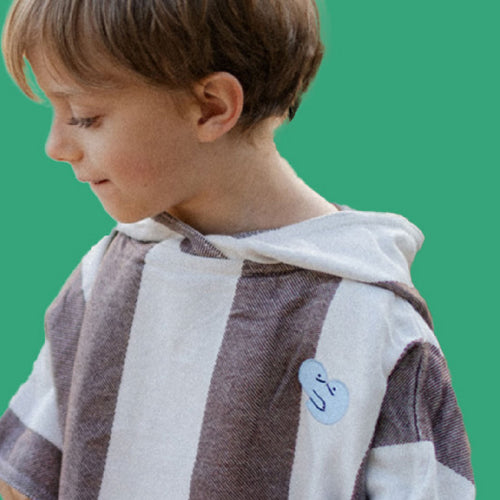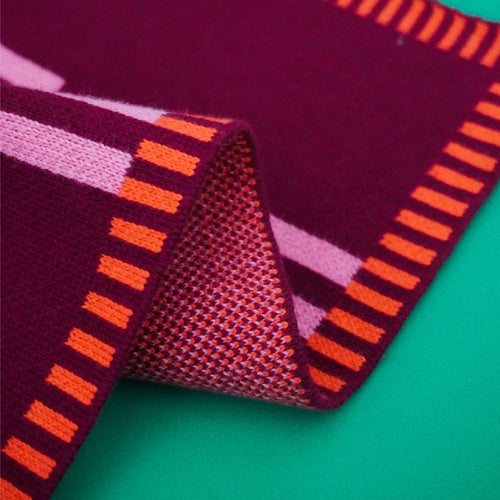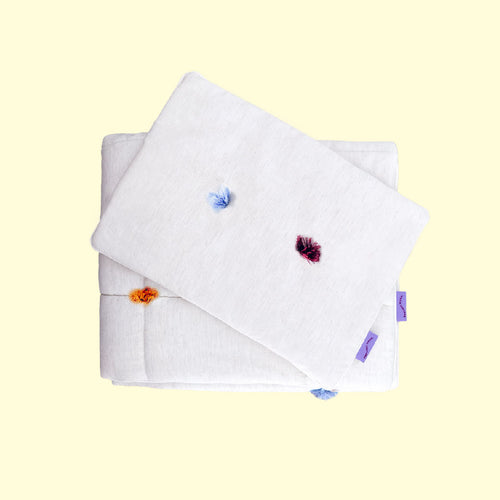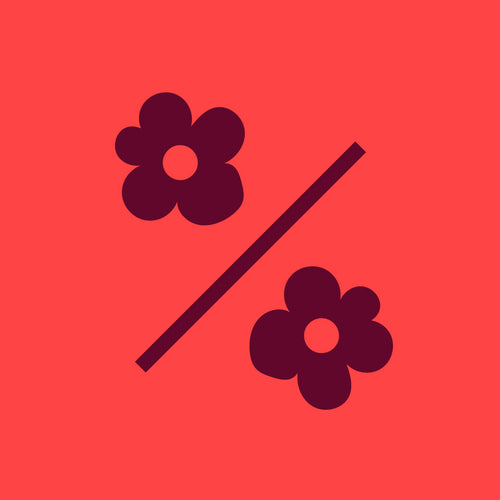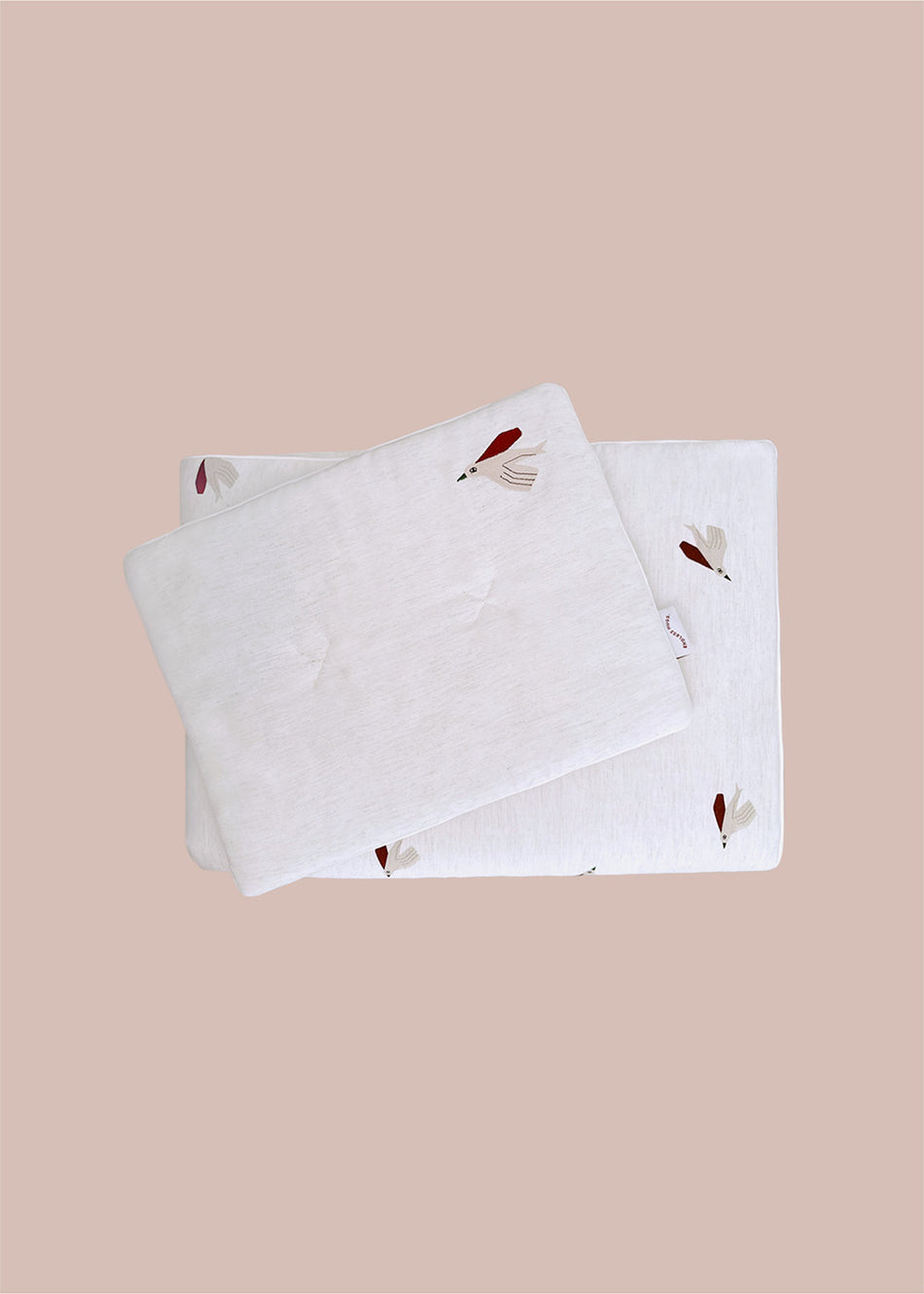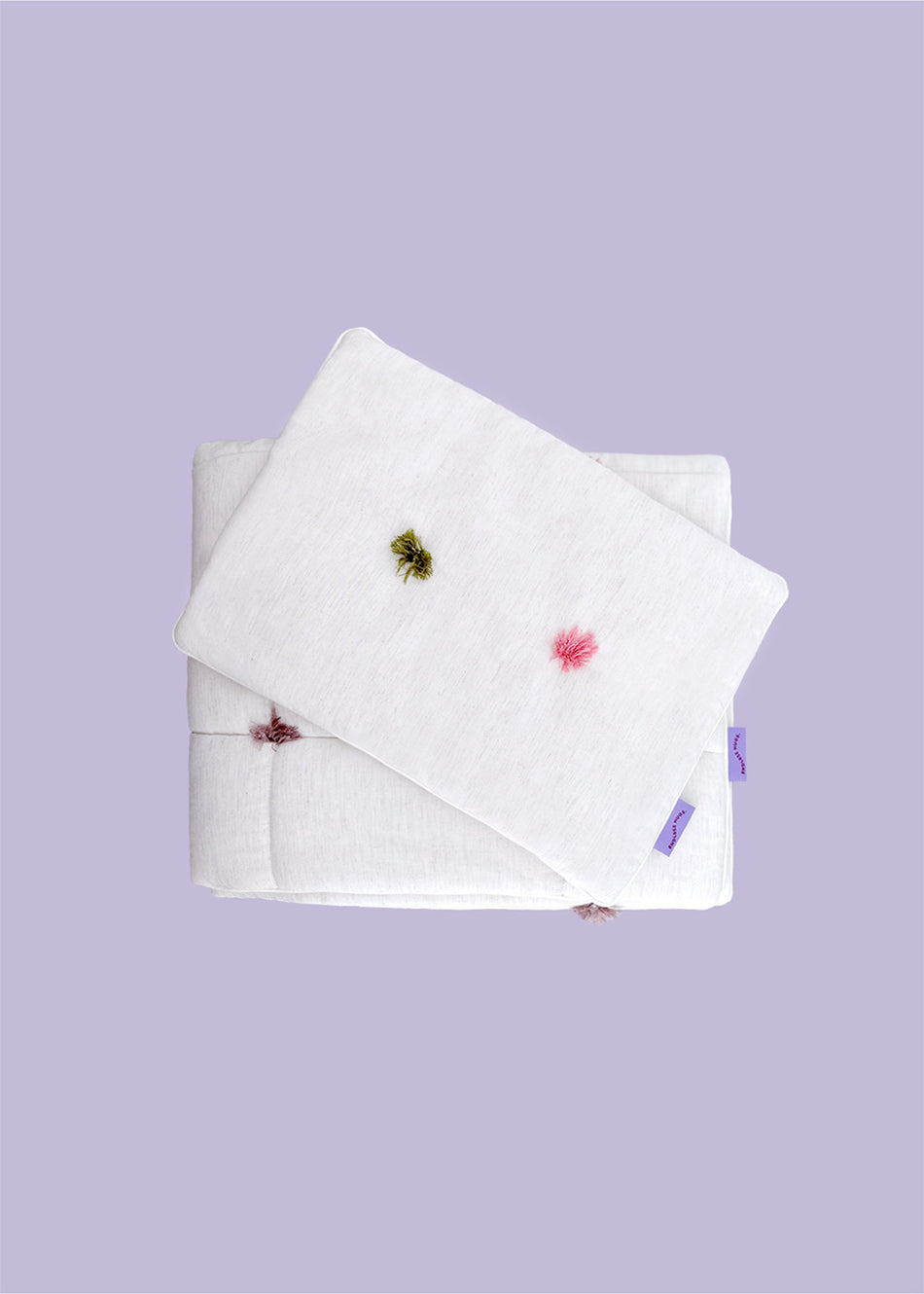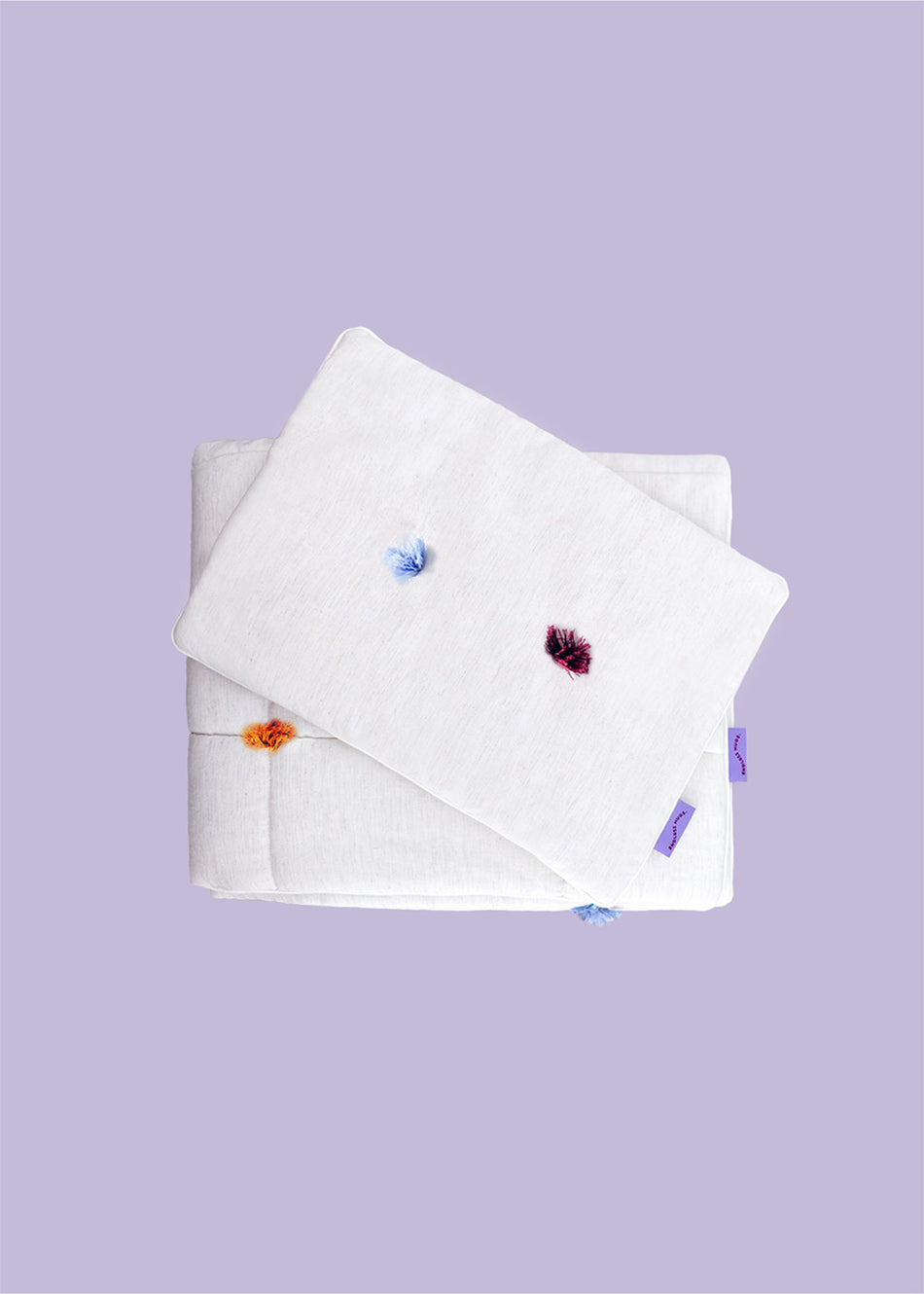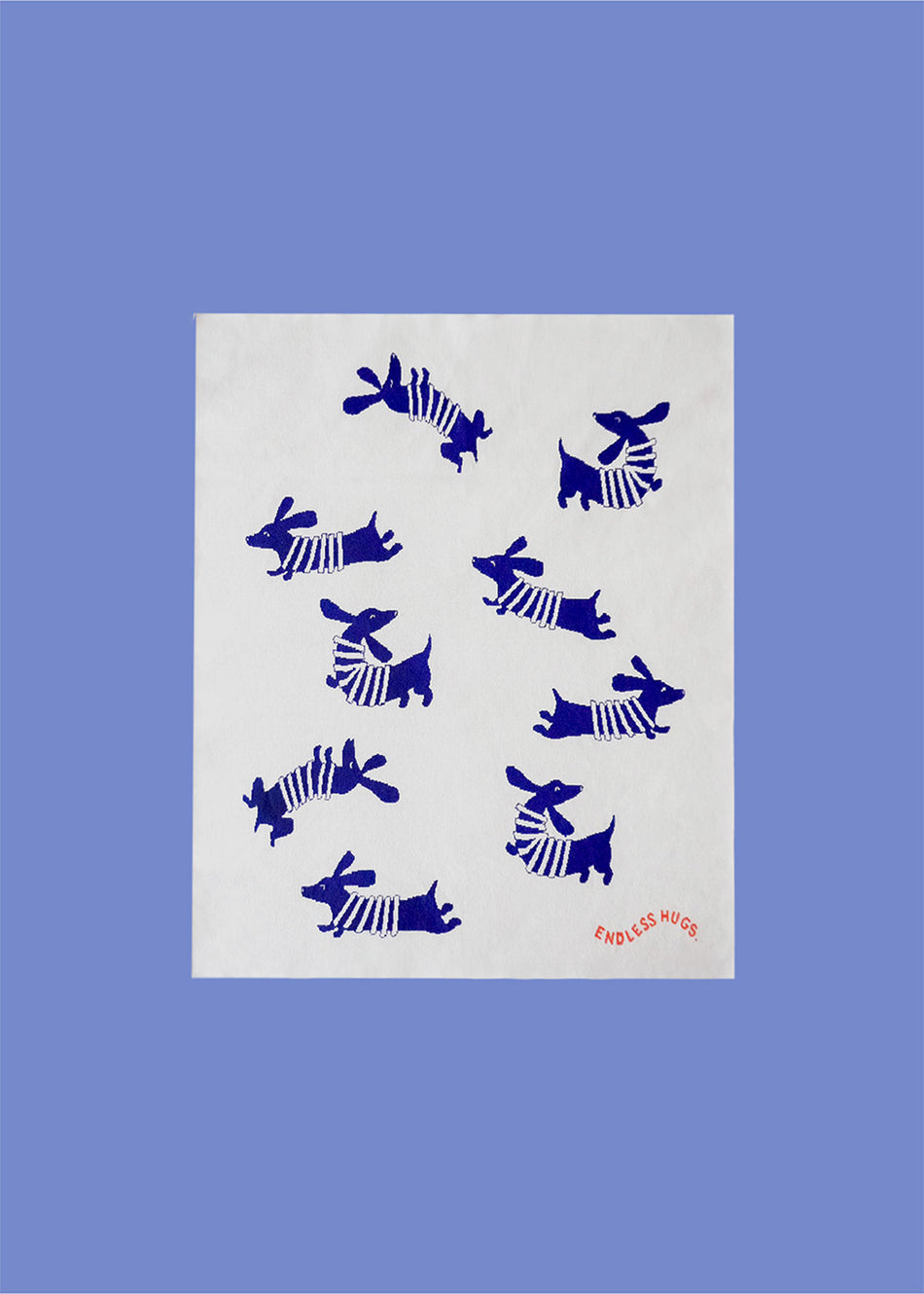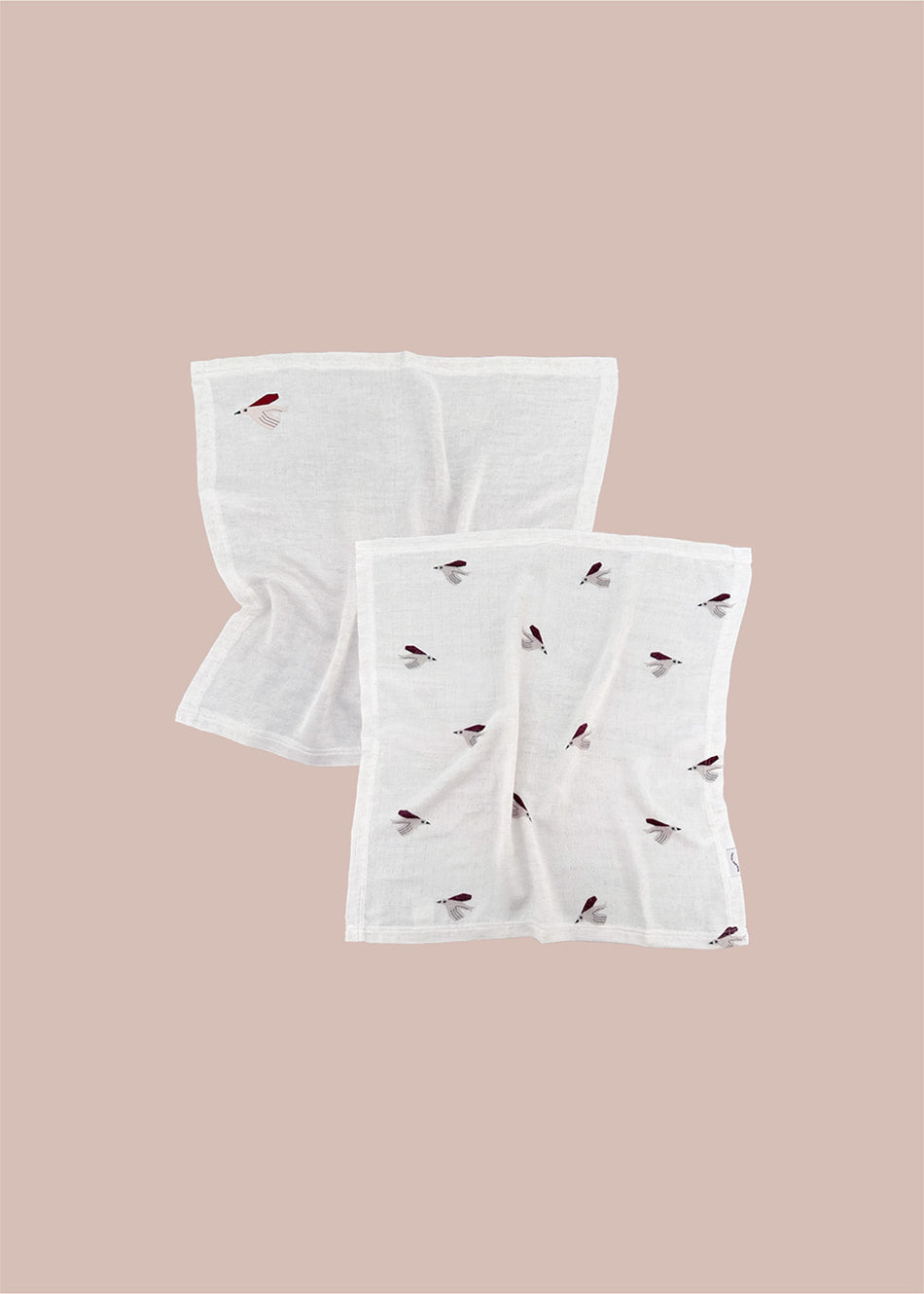What elements does a kindergarten bedding set consist of?
A standard preschool bedding set includes a few basic items. Primarily, it's a duvet and a pillow with pillowcases. Preschool bedding is usually smaller than standard children's bedding—most often 120x90 cm for the duvet and 40x60 cm for the pillow.
In addition to the basic set, it's worth considering a fitted sheet for the preschool lounger. Some preschools also require a sleeping bag or a special set with padding, which the child brings in on Monday and takes home for laundry on Friday.
A blanket is also becoming an increasingly popular solution, as it can be used as an additional cover on colder days or as a soft, pleasant cuddly accessory that gives the child a sense of security.
What materials are best for kindergarten bedding?
When choosing bedding for a preschooler, it's worth choosing natural materials. Cotton is one of the most popular choices due to its softness, hypoallergenic properties, and excellent breathability. It's pleasant to the touch and safe even for a child's sensitive skin.
Bedding made from bamboo viscose is also becoming increasingly popular. It combines natural origins with antibacterial properties. This material is excellent at wicking away moisture and regulating temperature, which is especially important during sleep.
When it comes to pillow and duvet fillings, consider anti-allergic silicone fillings, which are lightweight, flexible, and easy to clean. This choice is especially beneficial for children prone to allergies.
How to ensure comfort during nap time in kindergarten?
Comfort during preschool naps isn't just about choosing the right bedding, but a whole host of factors. It's important that the bedding material is soft and pleasant to the touch – some children prefer plush, others smoother fabrics.
Another important element is the right pillow – neither too flat nor too high, tailored to the child's needs. For preschoolers, pillows that aren't too soft and provide adequate support for the neck and head are a good choice.
We cannot forget about the emotional factor - sometimes a small element, such as a favorite blanket or a small cuddly toy (if the kindergarten allows it), can significantly affect the preschooler's sense of security and comfortable rest in the new environment.
How to choose high-quality bedding?
When choosing high-quality bedding for a preschooler, it's worth considering a few key aspects. First and foremost, check the material composition – natural fabrics like cotton or bamboo viscose are the best choices due to their breathable and hypoallergenic properties.
The quality of workmanship is another important element – precise seams, carefully finished edges, and durable fasteners testify to the product's durability. It's also worth paying attention to the fabric's weave density – the higher the density, the more durable and comfortable the bedding will be.
We also shouldn't forget about safety certificates, which confirm that the product is free from harmful substances and safe for children. This is especially important because preschoolers spend many hours a day in contact with bedding.
How to wash and care for preschool bedding?
Regularly washing preschool bedding is crucial for maintaining your child's hygiene and comfort. Most preschools recommend washing bedding that your child takes home for the weekend weekly. Before using new bedding for the first time, it's always a good idea to wash it to remove any residue from the manufacturing process.
When washing, it's best to follow the manufacturer's instructions on the label. Cotton bedding is generally washed at 40-60°C, which effectively removes dirt and allergens. For filled bedding, the temperature should be slightly lower, typically 30-40°C.
A good choice is mild, hypoallergenic detergents that won't irritate your baby's skin or leave behind a strong odor. After washing, bedding should be thoroughly dried, preferably outdoors, which also helps eliminate bacteria.
Where to find the best bedding for preschoolers?
Preschool bedding options are available in many places – from large children's chains and home improvement stores to specialized boutiques and online stores. It's worth comparing several options, paying attention not only to price but also, and most importantly, to the quality and composition of the materials.
More and more parents are choosing to shop online, where the selection is typically wider and comparisons between products are easier. Many online stores specialize in high-quality children's textiles, offering bedding sets with safety certificates.
When searching for the perfect bedding for a preschooler, it's worth considering brands specializing in children's textiles, such as Endless Hugs. They offer products made from high-quality, natural materials that combine functionality with attention to the comfort and safety of children.
How to prepare a child to use bedding in kindergarten?
It's a good idea to start preparing your preschooler for their own bedding even before their first day at the facility. It's a good idea to choose a set together that your child will like – this will give your child a sense of influence and make it easier for them to accept this new element of preschool life.
It's also a good idea to "accustom" the bedding at home by letting your child sleep on it for a few nights before starting preschool. This will give the bedding a familiar scent and help your little one associate it with a safe, homely environment.
It can also be helpful to talk with your child about what rest at preschool will be like and show them photos of the preschool bedroom. Some children also like to take a small stuffed animal to preschool, which, together with the bedding, creates a "comfort package" in the new place.


